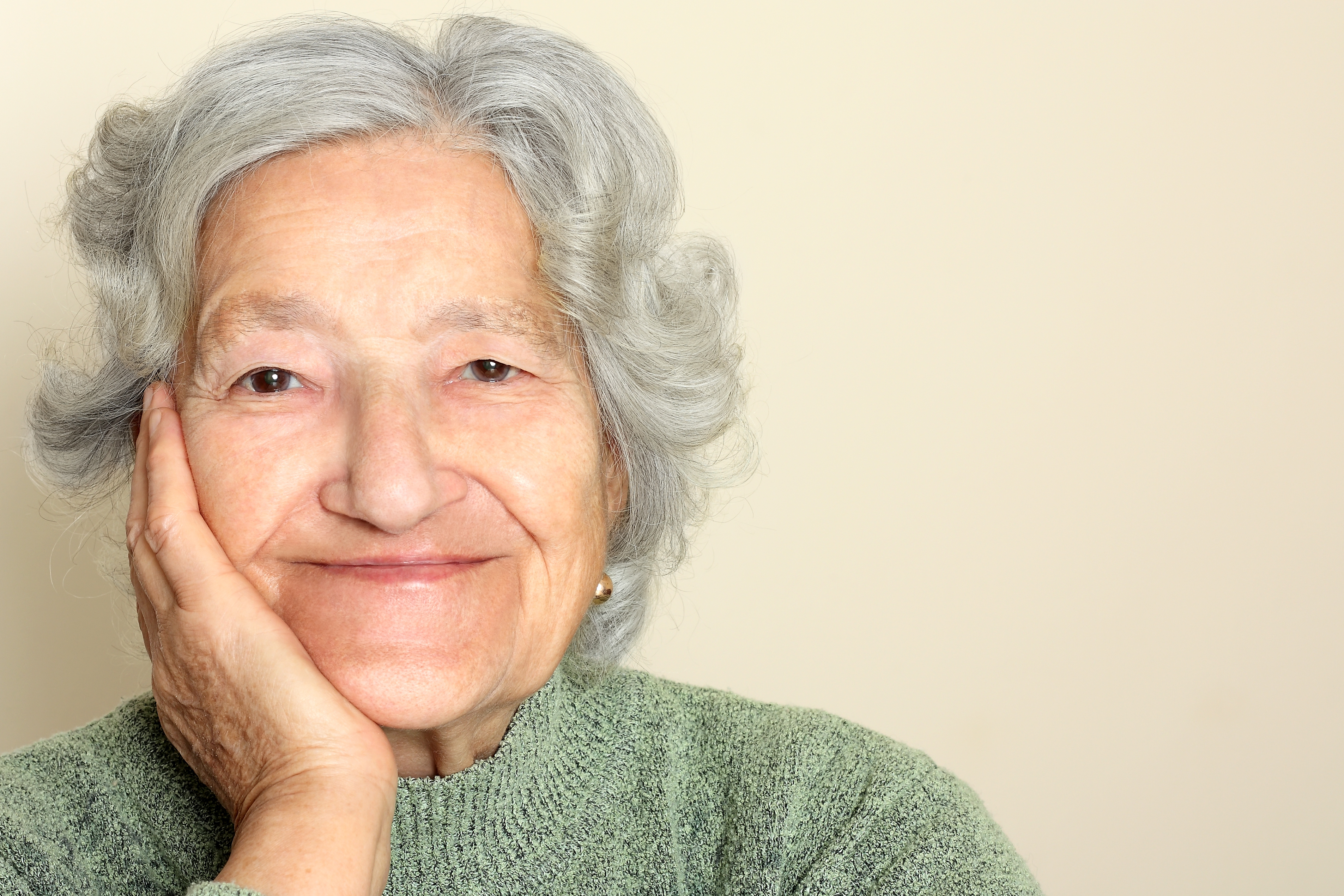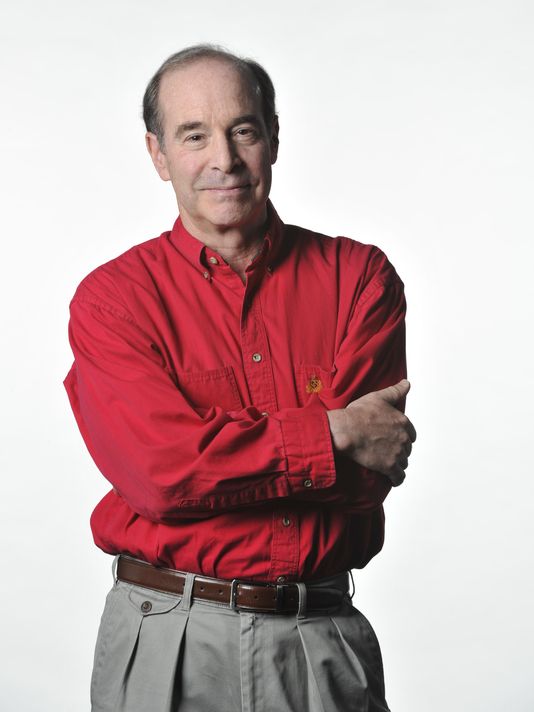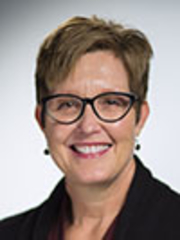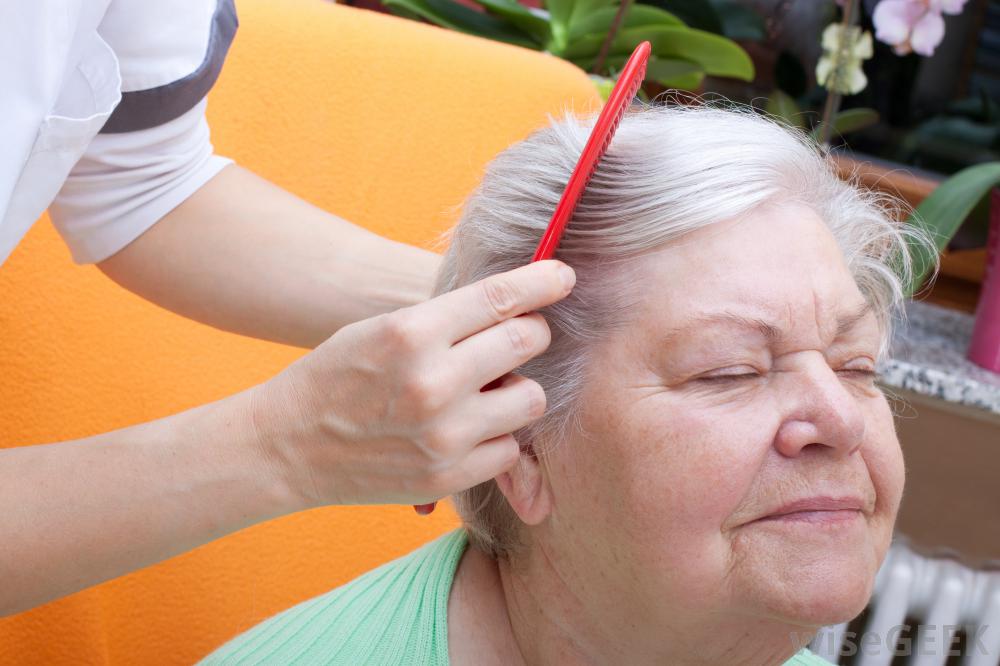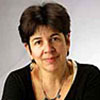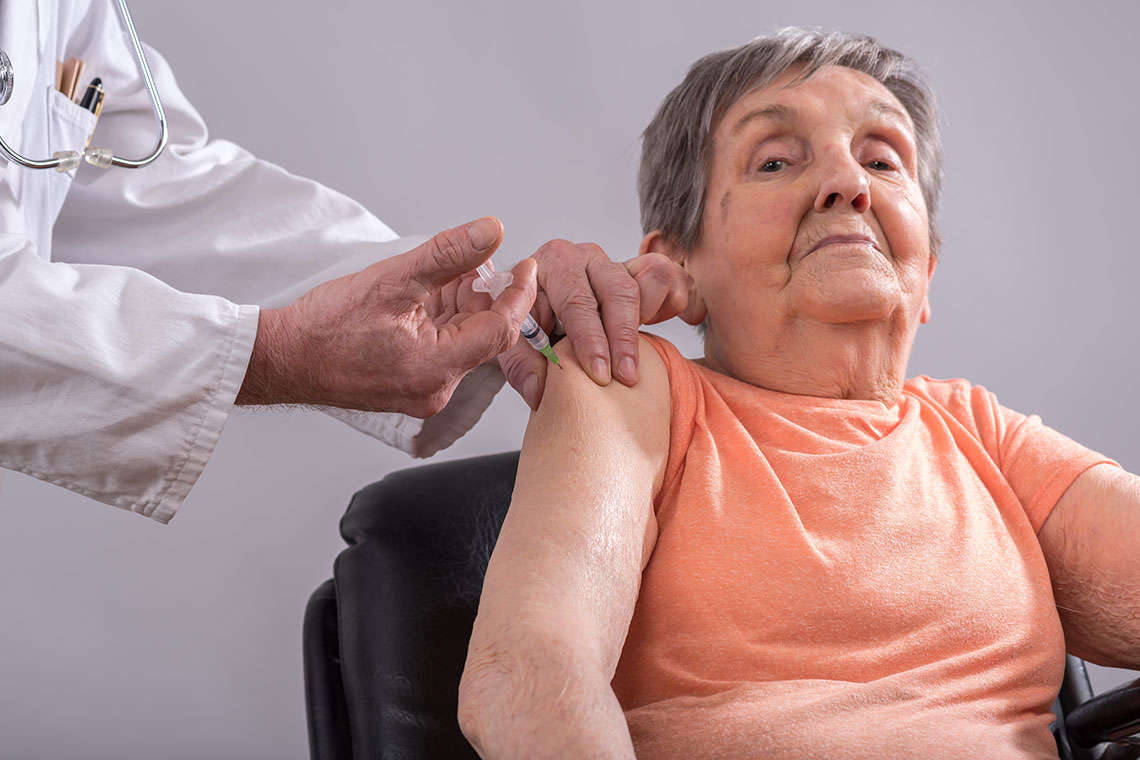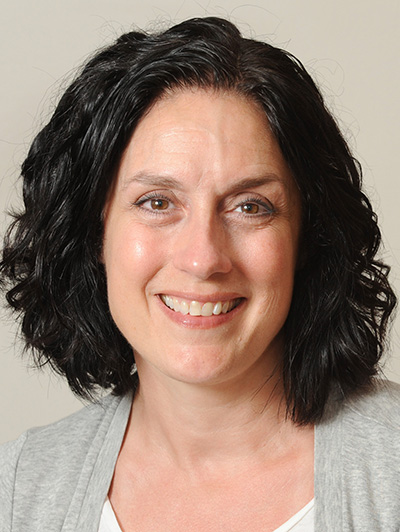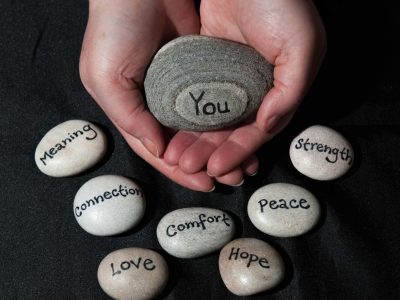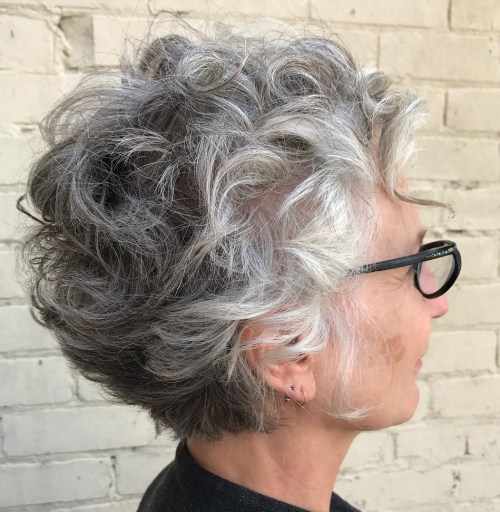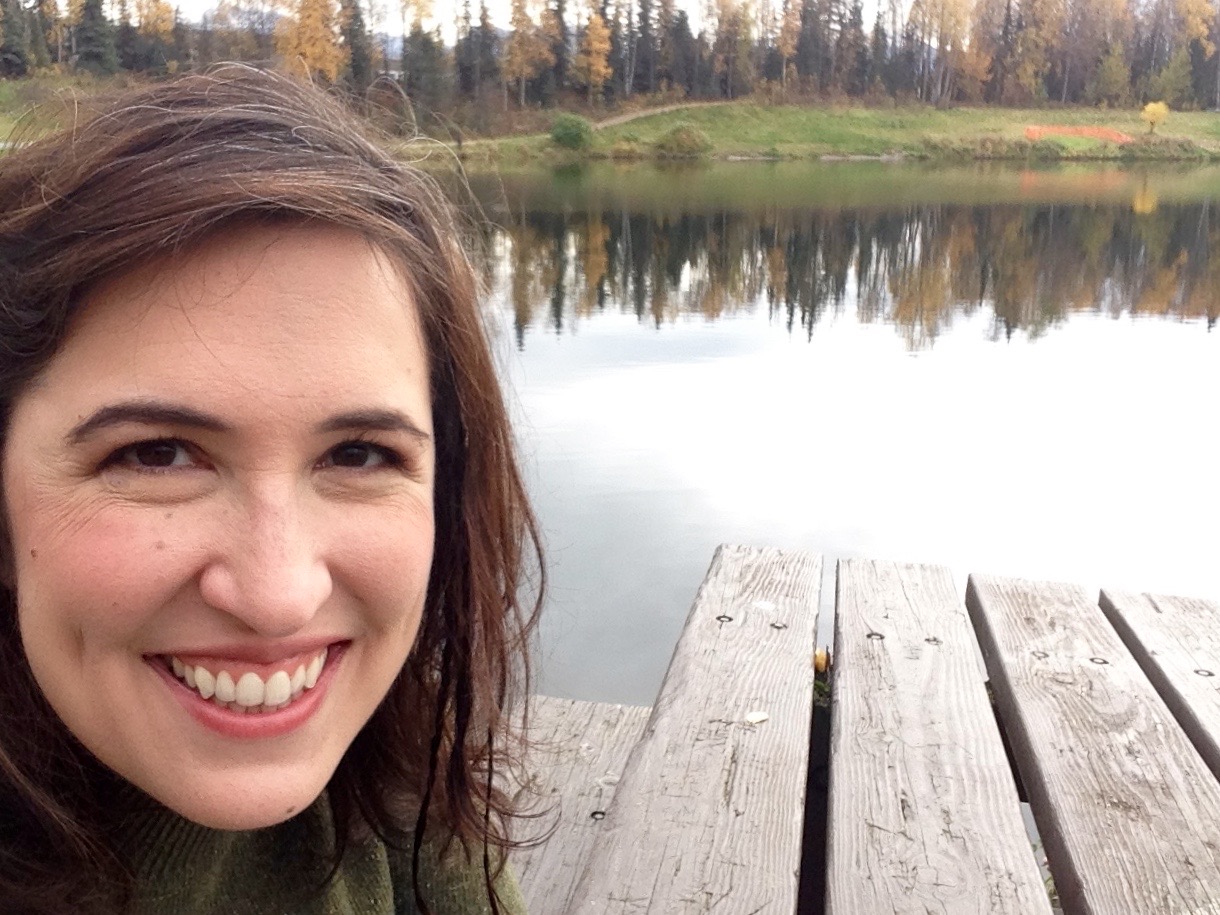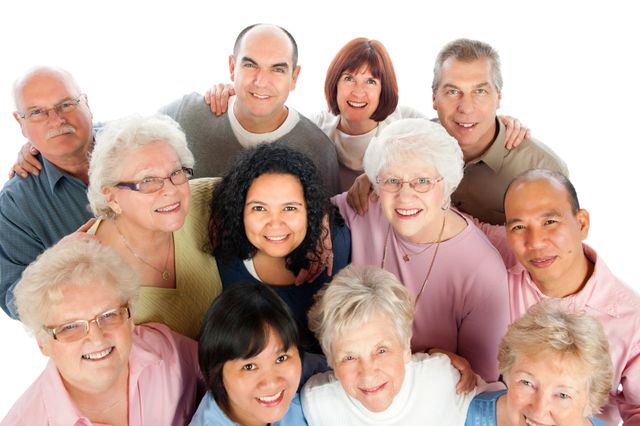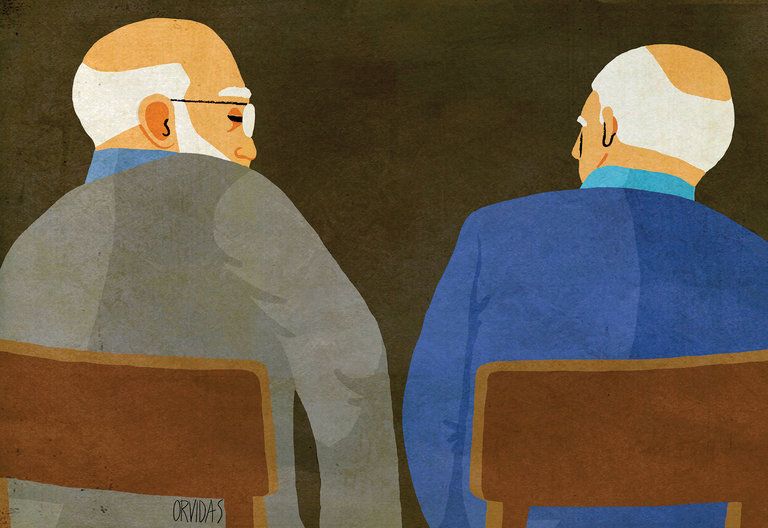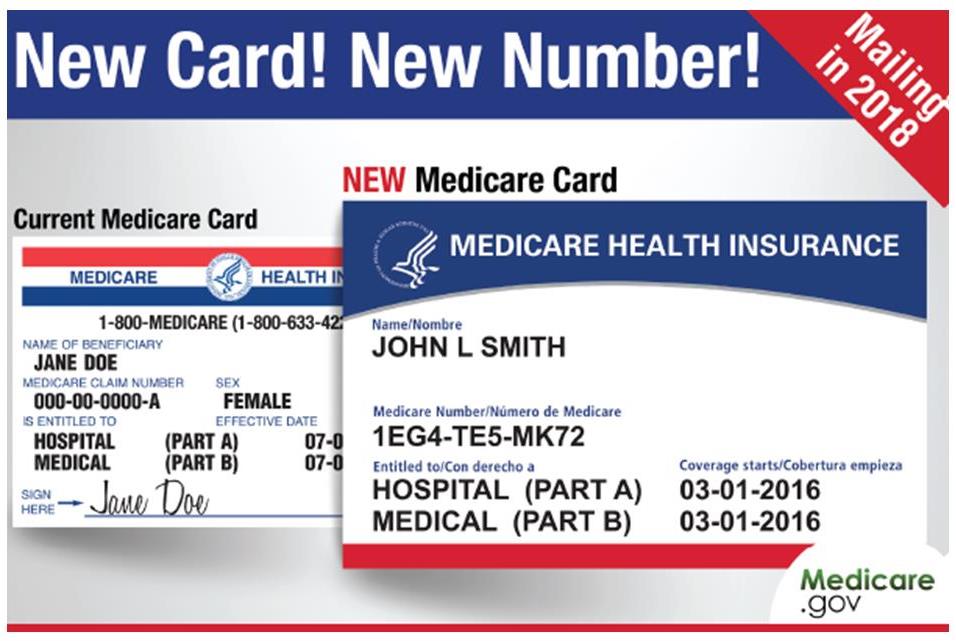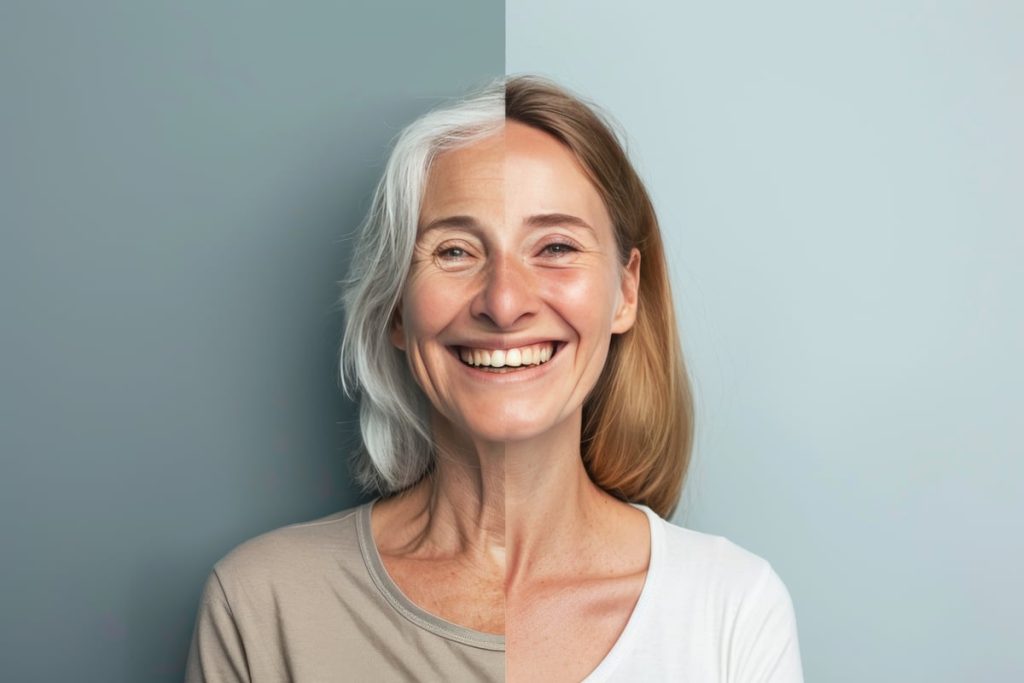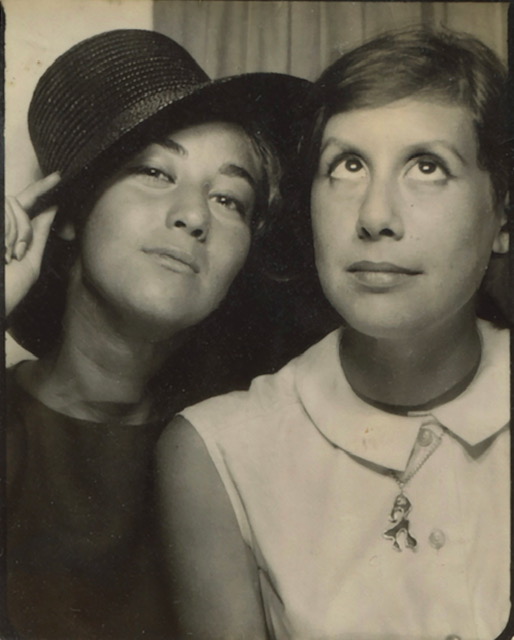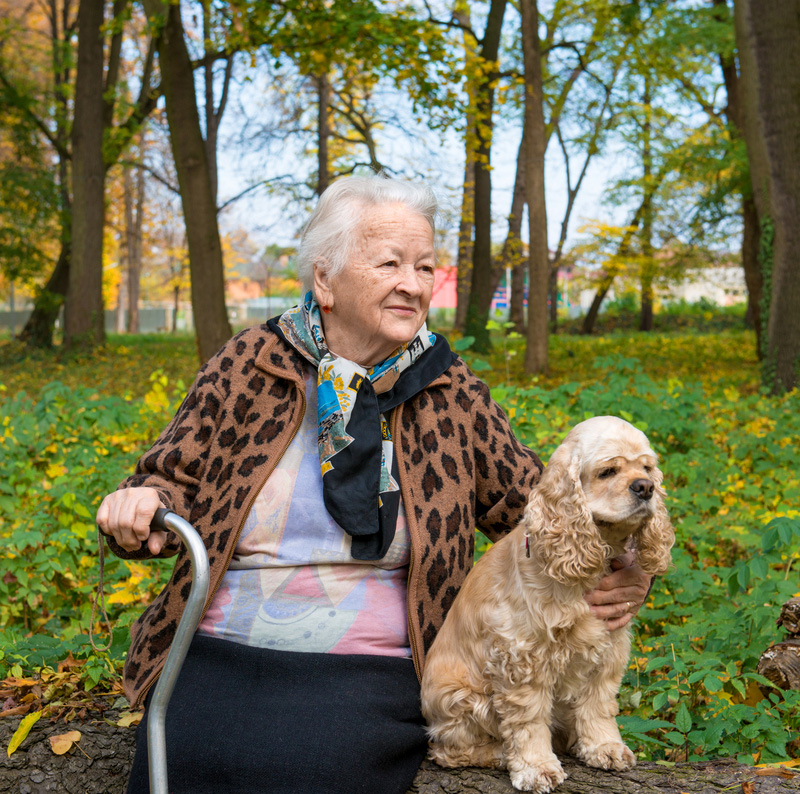
An older couple put aside some of the food delivered by Meals on Wheels in order to have enough to feed their dog.
A widow delays an important visit to the doctor, fearing no one will care for her cat if she is hospitalized.
An older man living alone with a sick pet agonizes over a terrible choice: incur vet bills he can’t possibly afford or have his only companion euthanized.
Heartbreaking stories like these point to a difficult reality. While pets can benefit older adults’ health and happiness, they can also lead to financial burdens, near-impossible decisions or devastating grief.
Do the benefits of pet ownership really outweigh the risks?
Weighing Benefits with Costs
For many older adults, animal companions can make a huge difference in quality of life.
“People with pets in general are happier and healthier,” says Nicki Nance, a licensed psychotherapist and associate professor of human services and psychology at Beacon College in Leesburg, FL. “Pets require a structured schedule and daily exercise. They provide a sense of purpose, constant companionship, physical contact and humor.”
Those benefits can boost mental and physical health. An American Heart Association research review concludes that “pet ownership, particularly dog ownership, may be reasonable for reduction in cardiovascular disease risk,” with the most significant benefits associated with owners who walked their dogs regularly. The Human Animal Bond Research Institute (HABRI), a nonprofit, research and education organization, cites research that points to the benefits of therapy animals: they can calm older people with dementia and alleviate anxiety and distress for those undergoing cancer treatment.
Doctors often encourage their older patients to adopt a pet. But psychologist Hal Herzog, author of Some We Love, Some We Hate, Some We Eat: Why It’s So Hard to Think Straight About Animals (2010), questions whether the data is strong enough to warrant a doctor’s recommendation. While some studies point to health benefits, others show little or none. He also notes that studies show correlation but don’t prove causality: it’s not clear whether pet ownership makes people healthier, or healthy people are more likely to have the energy, motivation and financial resources to take care of pets. Most analyses, he adds, don’t factor in the lifetime cost of owning a pet in the United States, which can run upward of $10,000.
The hardest part of my job is having to tell an older adult that a beloved pet needs to be euthanized.
—James Moebius, veterinarian
The downside of pet ownership should not be underestimated. Pets pose a significant risk of falls. A cat underfoot, a dog that pulls too hard on a leash, or pet toys on the floor can cause a person to stumble and fall. A 2009 Centers for Disease Control analysis estimated that more than 86,000 injuries due to falls each year were related to cats and dogs, with the highest rates of injury occurring among people 75 and up. For older adults, a fall can have devastating health consequences; a hip fracture, for example, can lead to long-term impairment, nursing home admission or death.
Dogs need to be walked, all animals need to be fed and most must be groomed at least occasionally or have cages that should be cleaned regularly. These tasks are time consuming and can be hard for someone with limited mobility. Pets need trips to the veterinarian for routine wellness visits and illness. That can be traumatic, as well as costly, and difficult for a person who doesn’t drive.
Then there’s the trauma of losing a pet.
“The hardest part of my job is having to tell an older adult that a beloved pet needs to be euthanized,” says James Moebius, a veterinarian in Sachse, TX. “It’s even harder when it’s an older gentlemen who lives alone and who’s part of that generation that doesn’t express feelings. You watch him walk out alone, silently, without his little dog, and it just pulls your heart out.”
Making It Work
Barb Cathey, CEO and founder of Pets for Seniors, an adoption program in Illinois, admits there are ups and downs and often, unexpected outcomes. She helped a client named Betty to adopt a rescued dog named Zoe, and the match was a happy one. However, Betty’s family returned Zoe to the shelter a year later. A fall had forced Betty to move to rehab for several months, and no one could care for the dog. The shelter agreed to keep the dog until her owner recovered.
Meanwhile, Betty wasn’t doing well, refusing to even try to cooperate with her rehab therapist. Then her daughter brought Zoe for a visit. Delighted to see the dog, Betty immediately moved in her bed to make room. The therapist encouraged the family to bring Zoe back regularly to keep Betty motivated.
“Betty ended up getting better, with Zoe’s help, and eventually was able to take her back home,” Cathey says.
Before adopting a pet, a person should carefully consider all potential challenges as well as ways to minimize problems. A key first step: choosing a pet that’s a realistic match for an older adult’s physical capabilities and energy level.
“The worst mistake a senior can make is getting an energetic puppy or young dog,” Cathey says. Ditto for a dog or cat that requires lots of expensive grooming (such as a breed with long hair) or a young pet that’s almost certain to outlive the owner by many years.
Shelters have a hard time finding homes for older animals, but they’re often a good match for older adults.
Cathey worked with an older woman whose family gave her a Jack Russell puppy, a breed known for its high energy level.
“She would call me in misery because the puppy was too much for her and she did not want to hurt their feelings,” she says. “I convinced the family to let me find a new home for the Jack Russell pup and found an eight-year-old Pomeranian that was housebroken and just wanted to lay in her lap all day—just what she wanted.”
Shelters have a hard time finding homes for older animals, but senior pets often make a good match for older adults, according to Linda Ross, a retired counselor who worked with aging populations. Ross and her husband are in their 70s and are both healthy and active, yet they chose to adopt an older dog after theirs passed away in 2010.
“Older pets tend to be housebroken, quieter and less energetic,” she says. “And if they’re rescued dogs who’ve been homeless or in a shelter, they are just so grateful to have a soft bed and a good routine. We just love on them and they love on us.”
Finding Solutions
Those heartbreaking stories—the older couple who put food aside for a pet or the widow who postponed medical attention—were the impetus for the founding of the Seniors’ Pet Assistance Network (SPAN) in the Dallas area. Caseworkers for local aging-related agencies had noticed the challenges of elders living alone with pets, and how a little help might go a long way.
Now, SPAN serves low-income older adults in the Dallas area with regular deliveries of pet food as well as help with veterinary-care costs. Grant money pays for food for about 75 animals; volunteers deliver it once every other month and spend a little time checking on each client. SPAN’s clients also receive an allotment of up to $300 per year to cover routine vet care, including immunizations, heartworm medication, and flea and tick prevention.
“That’s significant, given that many live on as little as $1,200 per month in Social Security benefits,” says Laurie Jennings, SPAN’s co-founder.
For others, potential problems in pet ownership can be addressed with a little advance planning. Some veterinary costs, such as immunizations and spaying or neutering, can be minimized by taking advantage of low-cost clinics offered at animal shelters and pet-supply stores. For those who can afford it, pet insurance offers a way to help owners avoid wrenching decisions about vet bills. Owners pay a monthly premium but may be covered (depending on the type of plan) if pricey treatments are needed.
To prevent falls, the CDC recommends that pet owners consider obedience training, installing night lights on walkways, moving the animal to another room or a crate at night, or even choosing a light-colored pet rather than one with dark fur.
And in the event that an older pet owner loses a beloved animal, veterinarians can often help with the grieving process by pointing them to a pet-loss support group.
Making Arrangements for Future Care
Jennings often hears from family members who tell her, “That animal is keeping my parent alive.” But on the flip side, it’s a source of worry.
“We have a client, a 97-year-old widow, who has a very ornery, 9-year-old poodle,” she says. “She lives for that dog and frets over who will care for the dog if something happens to her.”
Some older adults want to provide for their pets in their wills, according to Lori Leu, an elder law attorney in Plano, TX. She recommends checking with a friend or family member first to see if they’re willing to take the pet after the owner dies or becomes incapacitated. That arrangement should be put into a will, along with (if possible) a small bequest to help cover the pet’s expenses.
Although they are careful to avoid making promises, the people at SPAN try to help clients “rehome” pets if they can no longer care for them. It’s not always possible, but they do have success stories.
Jennings recalls Bobo, the beloved pet of an elderly woman who lived alone and was dying of cancer. Family members wouldn’t take Bobo, a pit bull mix, and because he was a little aggressive, Jennings despaired of ever finding a home for him. But a rescue group took Bobo, helped socialize him and found him a home.
When the young man who adopted Bobo learned of his previous owner, he offered to bring the pet to visit her one last time, just a few weeks before she passed away.
“So, we have this photo of Bobo, this massive pit bull, lying on top of her in her bed,” Jennings says. Now SPAN receives a holiday card each year from the young man, with a photo of Bobo sporting a Santa hat.
“You make wonderful human connections doing this work,” says Jennings. “It’s beautiful.”
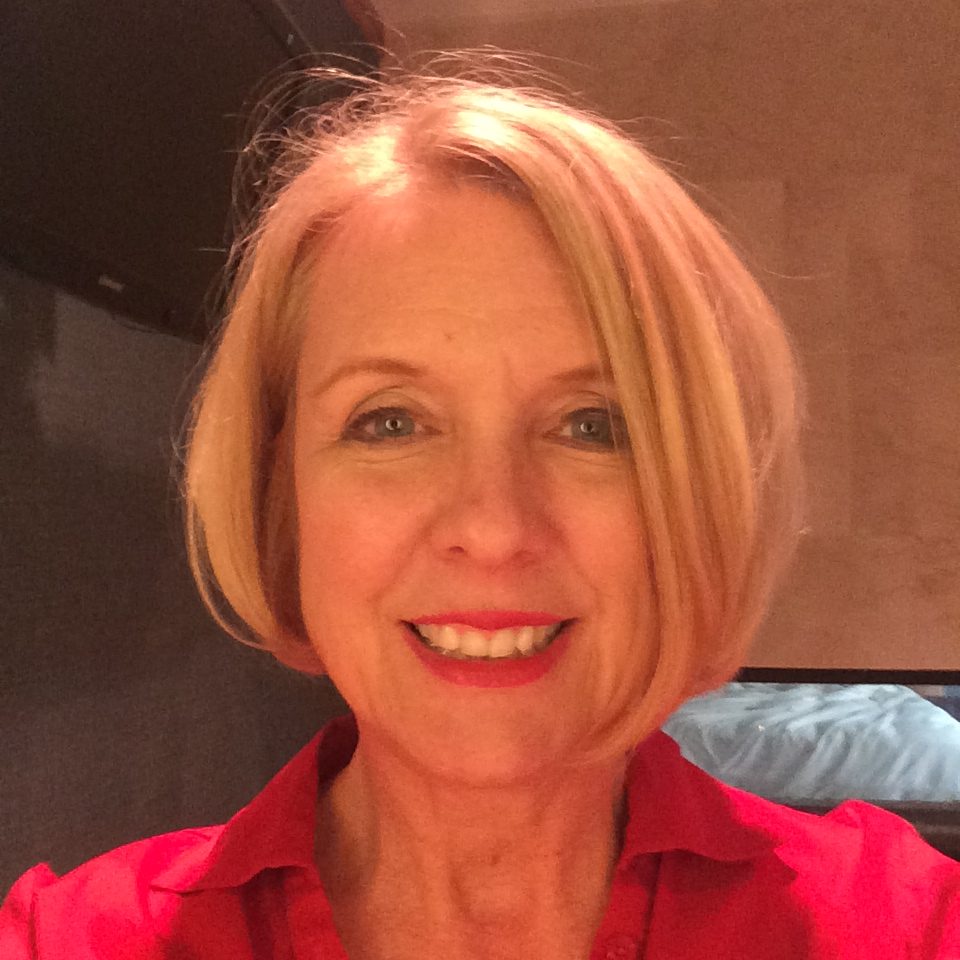
Freelance writer Mary Jacobs lives in Plano, TX, and covers health and fitness, spirituality, and issues relating to older adults. She writes for the Dallas Morning News, the Senior Voice, Religion News Service and other publications; her work has been honored by the Religion Communicators Council, the Associated Church Press and the American Association of Orthopaedic Surgeons. Visit www.MaryJacobs.com for more.

